A narrow escape
If you’ve ever been to the Prado you must have seen Velazquez’s masterpiece Las Meninas. Painted in 1656, the picture shows princess Margaret Theresa with her pet dog, dwarf, and ladies in waiting. The enigmatic painting is now famous the world over, but what’s less known is that it narrowly escaped being burned up in a fire that raged in the former royal palace for four whole days in 1734.
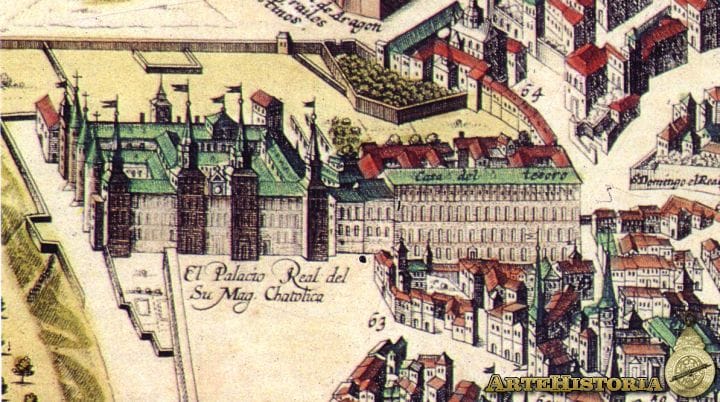
Flashback to the ninth century and Mohammed I of Cordoba constructs a small castle, or Alcazar on the site where the Royal Palace stands today. Overlooking the Manzanares River, it’s a sweet spot that appeals to Philip II when he decides to move the royal court to Spain in the mid-1500s. Instead of knocking down the fortification, he pimps it out as do successive kings from the Habsburg dynasty adding a new facade, a chapel, and spires. The result is a mishmash of architectural styles bolted onto the original fort that does not appeal to Philip V, the very first Bourbon monarch to take the Spanish throne.
A rebranded monarchy
Born in Versailles and second son to Louis Gran Dauphin of France, Philip reportedly spoke no Spanish when he was named as next heir to the crown by a childless Charles II. With no hope of ever ruling France himself he settled for Spain and, after a bitter war of succession that lost him Sicily, Sardinia, Gibraltar, Naples, and Milan to various European powers, he set about making himself comfortable in his new country. But, the Alcazar was an ugly reminder of the previous regime’s aesthetic tastes and of their legacy.
Fast forward to Christmas Eve 1734 and, according to ABC Madrid, a small gathering in the quarters of court painter Jan Ranc gets out of hand when some curtains catch fire. An alarm is sounded which, at first, is mistaken for bells celebrating midnight mass. But finally the troops cotton on to what’s going on and set about evacuating the palace and with some help from some nearby monks, begin to remove priceless treasures and load them onto nearby carriages.
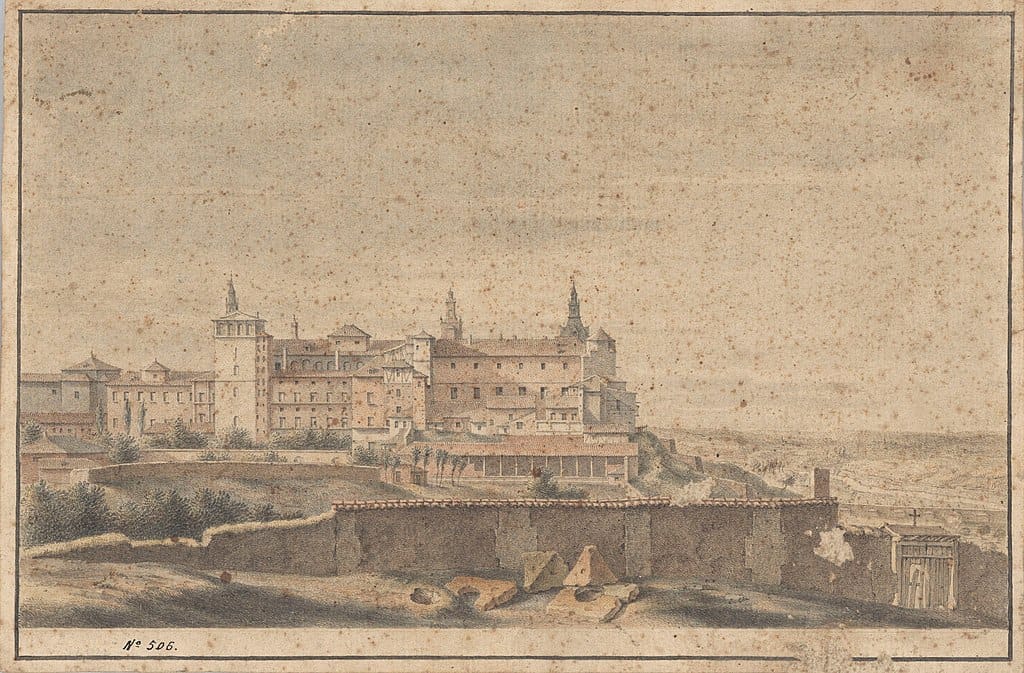
Rescue effort
A surprising amount is saved; seven cartloads filled with gold and silver bling, plus some 2,000 paintings by masters such as Tintoretto, Durer, and Da Vinci. But 500 paintings are consumed in the flames, including works such as a Ruben’s portrait of former Habsburg monarch Philip IV and Velazquez’s depiction of the Expulsion of the Moors, along with state documents and South American artifacts presented to the monarchy by the conquistadors.
Feeding on the original wooden timbers of the Alcazar, the fire raged for four days and it seems that little was done to actually put it out. More might have been saved if the public had been called in to help with the rescue effort, but fearing this would incite them to start looting, it was thought to best let things burn and salvage the melted down gold and silver from the wreckage.
The cheek of it!
Las Meninas did not come out of this incident entirely unscathed; the princess’ cheek had been scorched and had to be completely repainted by court artist Juan García de Miranda. Still, thankfully there were few real casualties. In fact, only one woman died.
The royal family were not affected at all because, rather than celebrate mass in the Alcazar’s chapel as was customary, they’d all been absent. That and the fact that key artworks had been moved prior to the conflagration, has kept the suspicion alive that Philip V might have encouraged some anonymous arsonist to torch what he felt to be an eyesore. In short order a brand new palace was built in the same spot, a Frenchified Baroque confection that pleased Philip V and indelibly stamped the Bourbon brand on the city.
Keen to find out more about the history of Madrid? See another side of the city with one of my unique walking tours.

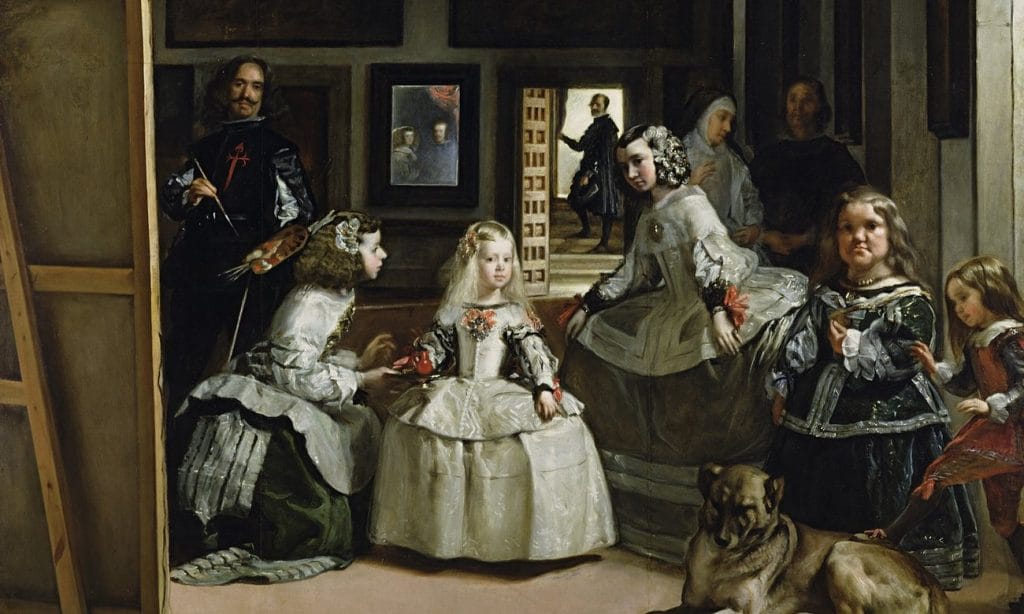
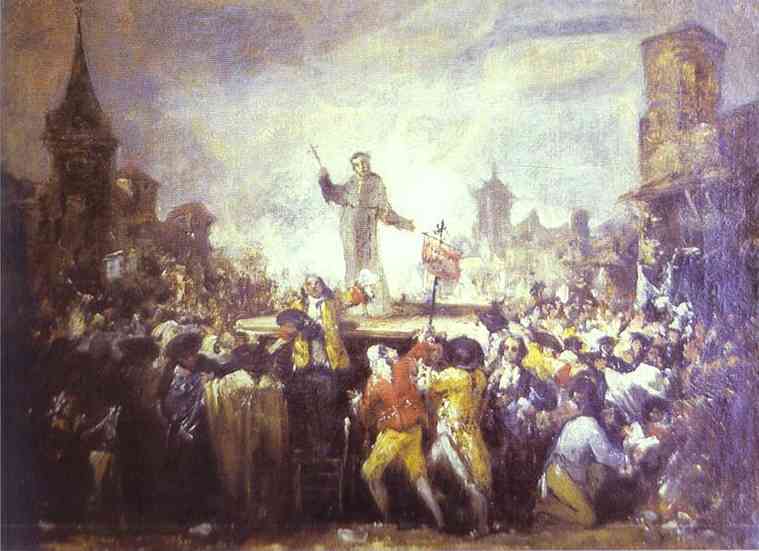
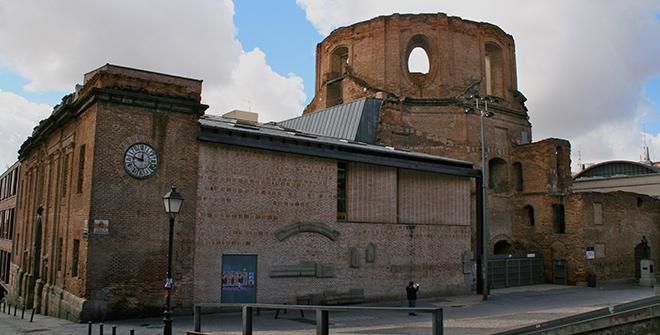
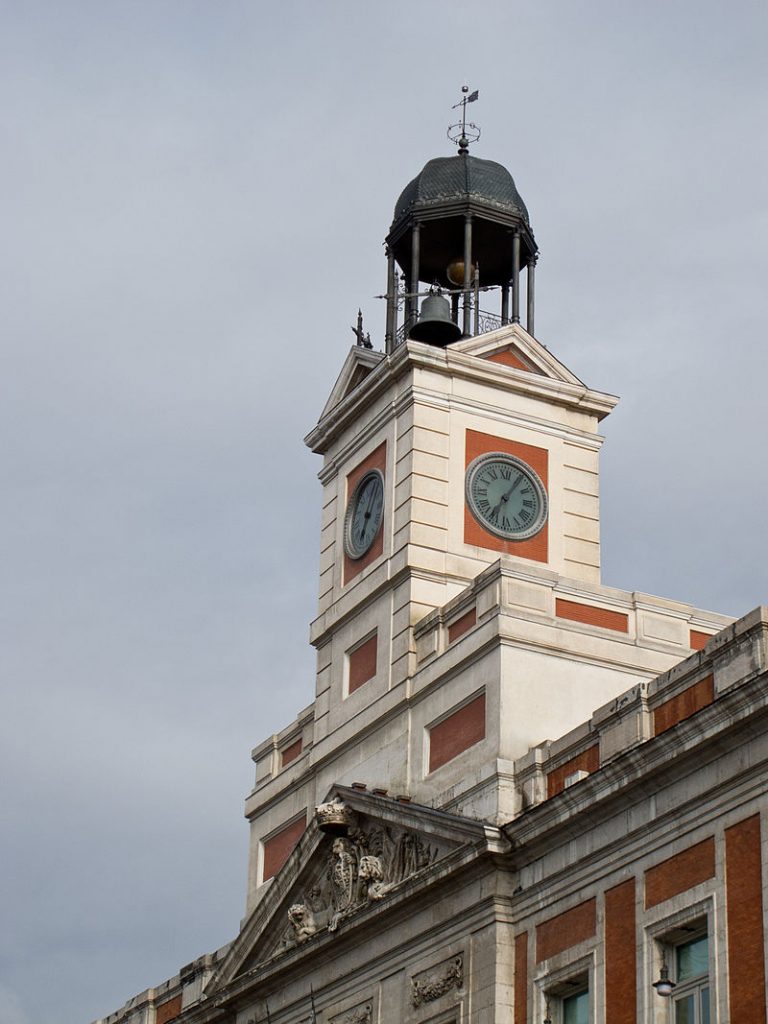
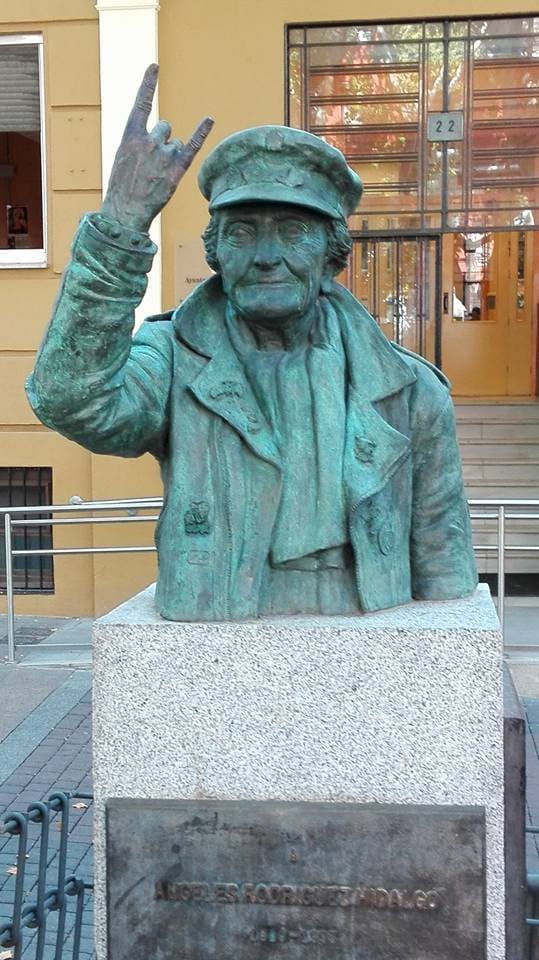
Pingback: When the Streets Had no Names - The Making of Madrid
Pingback: The House of the Seven Chimneys - The Making of Madrid
Pingback: The "reconquest" of Madrid - The Making of Madrid
Pingback: Madrid off the Beaten Track - The Making of Madrid